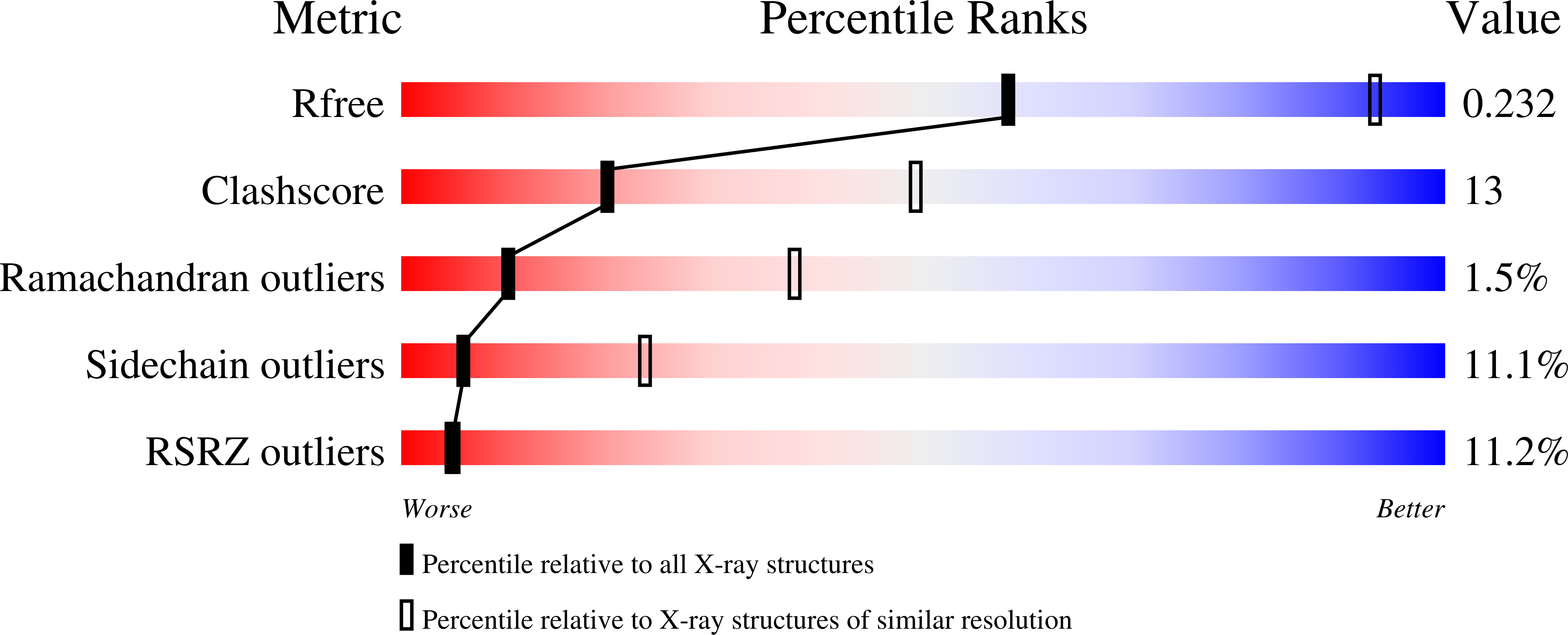
Deposition Date
2007-12-10
Release Date
2008-02-19
Last Version Date
2024-10-30
Entry Detail
PDB ID:
3BL8
Keywords:
Title:
Crystal structure of the extracellular domain of neuroligin 2A from mouse
Biological Source:
Source Organism:
Mus musculus (Taxon ID: 10090)
Host Organism:
Method Details:
Experimental Method:
Resolution:
3.30 Å
R-Value Free:
0.26
R-Value Work:
0.21
R-Value Observed:
0.22
Space Group:
C 1 2 1


